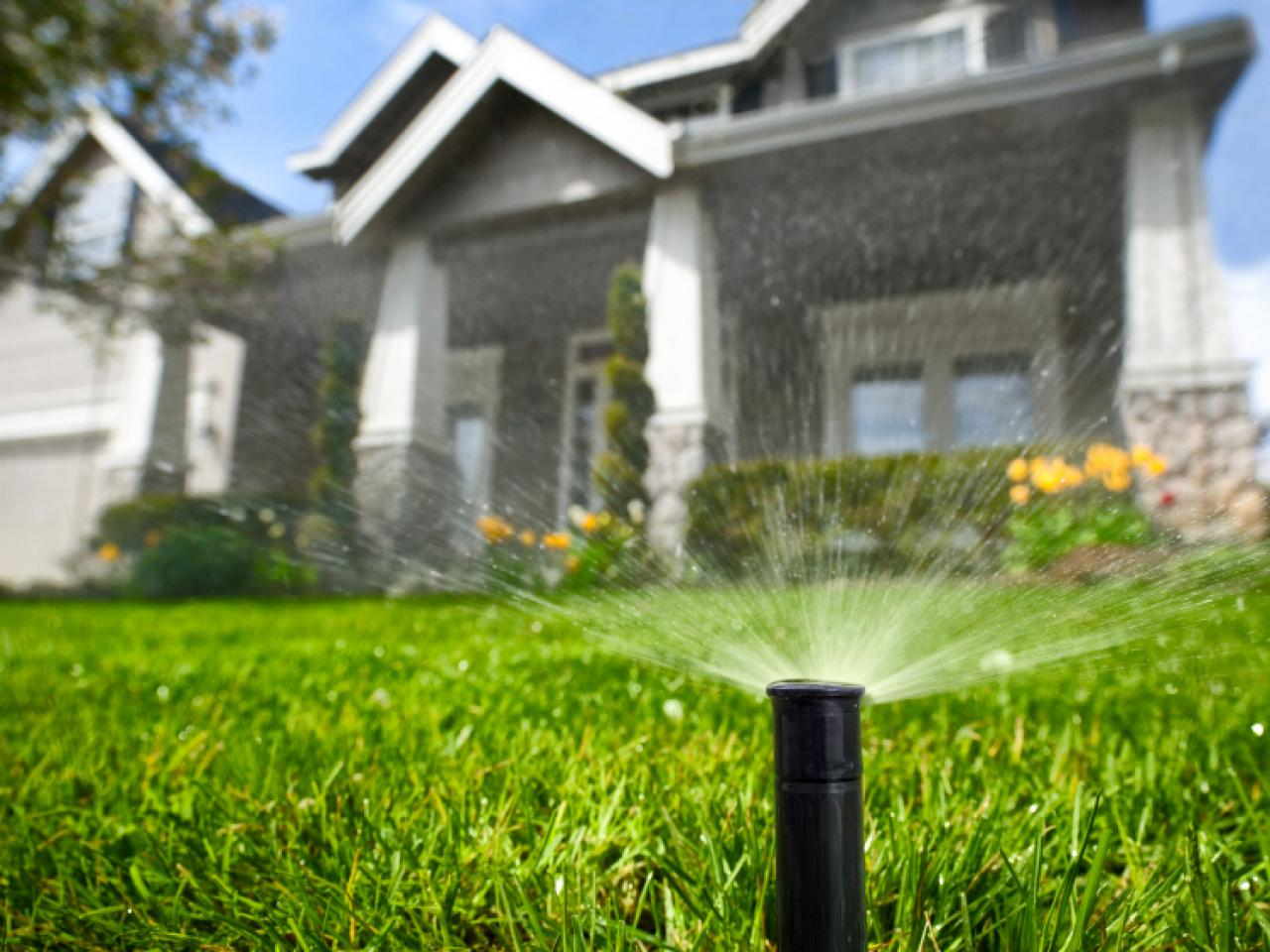Proudly Serving
We provide residential home inspections, new construction home inspections, pre-drywall inspections, radon testing, well water testing, and aerial drone inspections to the Triangle area.
| Durham | Raleigh | Chapel Hill | Cary | Morrisville |
| Apex | Hillsborough | Wake Forest | Holly Springs | Garner |
| Fuquay-Varina | Clayton | Carrboro | Knightdale | Mebane |







